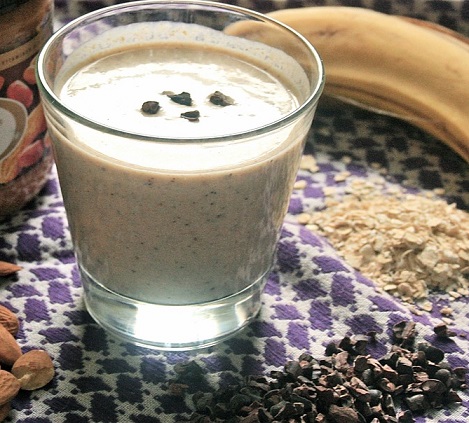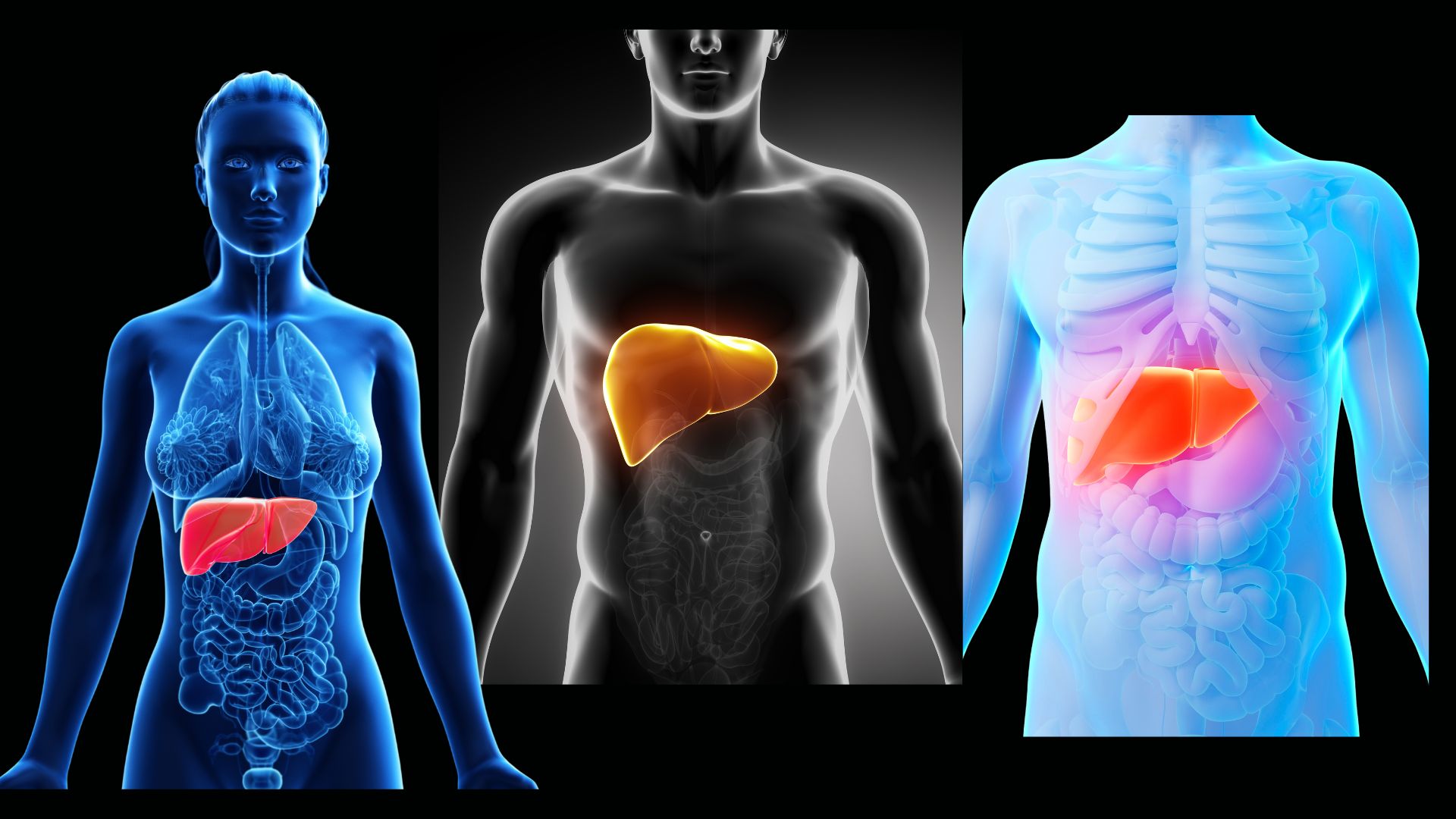Got Almond Milk? The Pros and Cons of Almond Milk for You and Your Environment
Almond milk is the popular alternative to traditional dairy milk. It has a fuller, richer flavor than rice milk and is packed with protein. It is the choice of those who experience gastrointestinal distress from drinking soy milk, and it is more environmentally friendly than factory farms, where most of the dairy milk comes from.

The health benefits of almond milk are many as almonds are widely known to contain a high amount of protein, healthy fats and fiber. Nutrient-wise, almonds pack a nutritional powerhouse of digestible calcium as well as phosphorus, iron, magnesium, potassium, folate and B vitamins.
Using almonds to make milk seems like a natural and healthy alternative for those who prefer to shun soy or dairy milk, due to it's rich texture, naturally sweet flavor and concentrated health benefits. All this makes it a near-perfect protein food that tastes great, too. But there is a dark side to almonds, such as it's impact on the environment.
Almond growing uses a lot of water. While even almond growers admit that growing almonds in California uses 8-10% of it's water, there are things the almond industry could do to save water, such as update their antiquated water systems. This includes wastewater recycling, storm water capture and drip irrigation instead of the currently used "flood irrigation," which worked in prehistoric times, but may not be the best today. Add to this the fact that most of our almonds are then exported to other countries and the profits are high, there is simply no incentive for almond farmers to update. No wonder many are calling out for us to slow down consumption.
But let's look at another side of the story that is not talked about when it comes to using our precious and dwindling, natural resources; meat consumption. Little known facts about this industry include tidbits such as; alfalfa grown to feed cattle uses the most water in California, a substantial amount more than almonds, while the pasture set aside for grazing is the third largest user of water. In addition, some estimates show that just one pound of beef requires 2,500 gallons of water to raise. (1)
According to the World Watch Institute, "The human appetite for animal flesh is a driving force behind virtually every major category of environmental damage now threatening the human future -- deforestization, topsoil erosion, fresh water scarcity, air and water pollution, climate change, biodiversity loss, social injustice, the destabilization of communities and the spread of disease." (2)
Aside from the environmental impact, other factors are causing many to look to a plant based diet. Some worry about the impact of high meat consumption on health, with even the National Institutes of Health warning us that meat consumption puts us at a higher risk for cancer. (3) Others are distressed at the horrors of factory farming and would prefer the industry be more ethical in their treatment of animals. It is these combination of reasons that people are consuming more nuts and other vegetarian foods to fulfill protein requirements.
To Eat Almonds or Not
The numbers do show that it is environmentally beneficial to cut meat consumption, and this has impact on a global scale. Cutting out almond consumption may have some impact but not nearly as much as cutting out animal products. There are also nutty alternatives to almonds as a protein source including; pine nuts, Macadamia nuts, Brazil nuts and walnuts.
For almond lovers - there is a way to have your almonds and cut consumption at the same time. One trick is to eat only organic, whole almonds; which may cause you eat less as the cost is higher so you pay more attention to how much you purchase. Next, do not buy almond milk, but instead make your own. Again, this will help you cut down on almond consumption but still allow you to enjoy the benefits and flavor of this delicious treat. And there are other reasons to make your own almond milk.
Pre-made almond milk is highly diluted. This means it is mainly water with only a small portion of the liquid actually coming from the nut itself. This also dilutes the nutritional value, including the intended (for many ) protien content. It may also contain extra sugars and other additives you simply don't need.
And with that in mind, this recipe is to make almond milk at home. It may take more work and cost a little more, but considering a mere handful of almonds actually goes into an entire carton of watered-down, pre-made almond milk, the price ends up being comparable as this recipe is the real deal.
Make Your Own Almond Milk
Use this to make a real protein shake that even the kids can love. Adjust flavor enhancing ingredients such as the honey or vanilla to suit your tastes. Use this milk as a healthy addition to a protein shake or smoothie.
- Soak 1 pound of almonds (preferable organic) in water for 24 hours. You should change the water about 3-4 times while soaking. (Using tap water that is well filtered is an environmental friendly practice.)
- Pour off the soak water and put the almonds in a blender.
- Add 2-3 cups of fresh spring water.
- Add about 1 Tablespoon of honey and 1 teaspoon of vanilla.
- Blend until liquid.
- Strain through a mesh strainer or cheese cloth to get all the liquid out. This is your almond milk.
- You can put the crushed almonds back into the blender and repeat steps 3-6.
- The milk will last in a glass container, refrigerated, for up to 5 days.
- Some people like to use the leftover crushed almonds to make almond cake or even as a facial scrub.
Resources:
(1) Water Inputs in California Food Production, PDF prepared for Water Education Foundation
(2) Is Meat Sustainable? World Watch Institute Magazine, July/August 2004, Volume 17, No. 4
(3) Genkinger, Jeanine M., and Anita Koushik. "Meat Consumption and Cancer Risk." PLoS Medicine. Public Library of Science, 11 Dec. 2007. Web. 28 Sept. 2015.







